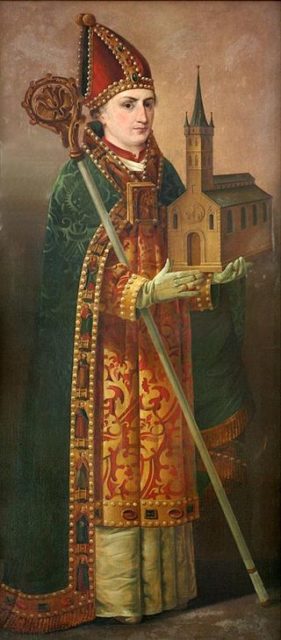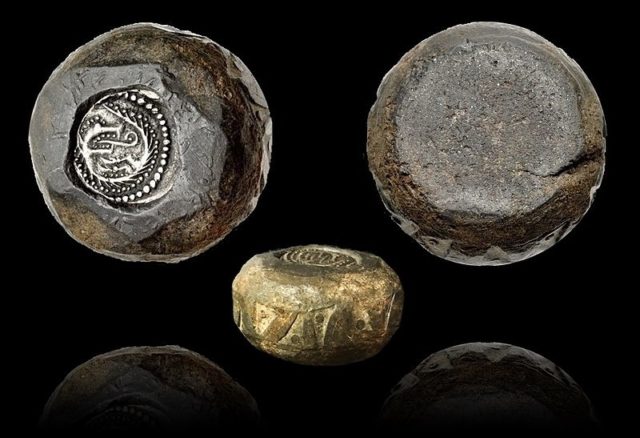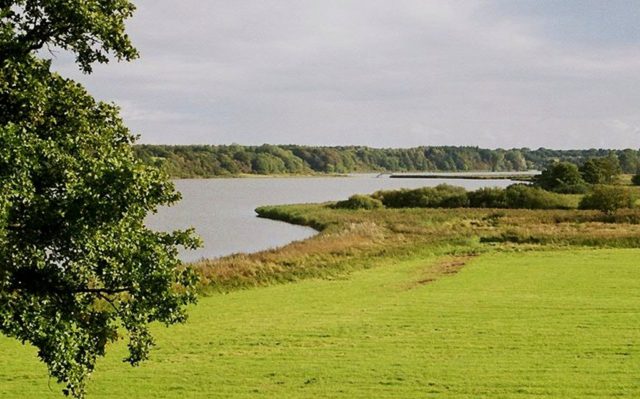The Vikings were skilled and innovative tradesmen throughout their 300-year history in Scandinavia and expansion into nations near and far.
Their vast trading network included Europe, Charlemagne’s Holy Roman Empire, and the Islamic Abbasid empire. Trading in numerous commodities alongside piracy allowed Viking economies to thrive and despite the farming technique of landnam, which worked well in Norse countries, failing in the environments of other conquered areas, particularly Iceland and Greenland.

Archaeological discoveries have provided evidence for Viking trade partnerships, including North African coins unearthed in central Sweden and Scandinavian brooches found at sites east of the Ural Mountains. Additionally, documentary evidence points to the existence of specific groups of people who traveled between Viking trading centers and other centers in Europe as missionaries, merchants, or envoys. For example, the Carolingian missionary bishop Ansgar (801-865 CE) left behind detailed reports of his travels, providing important knowledge of traders and clients. Understanding Viking trade goods, centers, and connections provide valuable insights into their history and success.
Vikings traded extensively in numerous commodities, including slaves, coins, ceramics, and materials made from coper-alloy casting and glass working. Research at Hisbru, in Iceland, shows that elite Norsemen traded bronze objects and raw materials from tin-laden areas in Britain. At the end of the 10th century CE, trade in dried fish in Norway, especially cod fish, was particularly important as commercialized fishing and advanced drying techniques allowed the Vikings to expand their trade across Europe.

Trading and access to specific products could mean survival or failure of a Viking colony; for example, the Norse in Greenland depended on trade in walrus and narwhal ivory and in polar bear skins when the pastoralism of landnam ultimately failed in the harsh environment.

Trading centers in the Viking homeland included Ribe, Kaupang, Birka, Ahus, Truso, Grop Stromkendorf, and Hedeby. Trading goods were brought to these centers before distribution to Viking settlements. In 2013, researchers performed stable isotope analysis of human skeletal remains found at the Viking trading center of Hedeby in Demark. This analysis revealed that the diet of the individuals shown in the bones reflected the significance of trading over time. Earlier communities showed fish – cod imported from the North Atlantic – in their diet, while later communities changed to a diet of domestic animals from local farming.

The Viking Sagas show that trade was important for contact between the Norse and the Inuit in North America. Norse objects have been discovered at Inuit sites, and Inuit objects have been found at Norse sites. Fewer Inuit objects have been unearthed at Norse sites, though, which may indicate that Inuit commodities were organic or that the Norse exported valuable Inuit commodities into the European trading network, About Education reported.
Archaeologists have also found evidence that sheds light into the trading partnership of the Vikings and Islamic nations. In 1989, a study of weights found at the Viking site of Paviken in Gotland, near Vastergarn, Sweden, determined the Vikings used three types of trading loads. The first trading weights were ball-shaped, iron-clad weights with a layer of bronze or weights of solid bronze weighing between a tenth of an ounce and 7 ounces. Also, there were cubo-octaedric weights made of lead bronze, tin bronze, or brass weighing up to a tenth of an ounce.

Finally, there were leaden weights of different shapes and sizes. Researchers believe that at least some of these weights conformed to the Islamic system of the Ummayyad dynasty leader, Abd’ al-Malik, established in 696 CE. The system is based on the dirham and the mitqa, both being less than a tenth of an ounce.
Read another story from us: Viking raids left a lasting influence on the world
Based on the impressively wide reach of their trade, it is likely the Vikings used several types of trading systems, and this adaptability helped ensure their economic viability during the Viking era.
